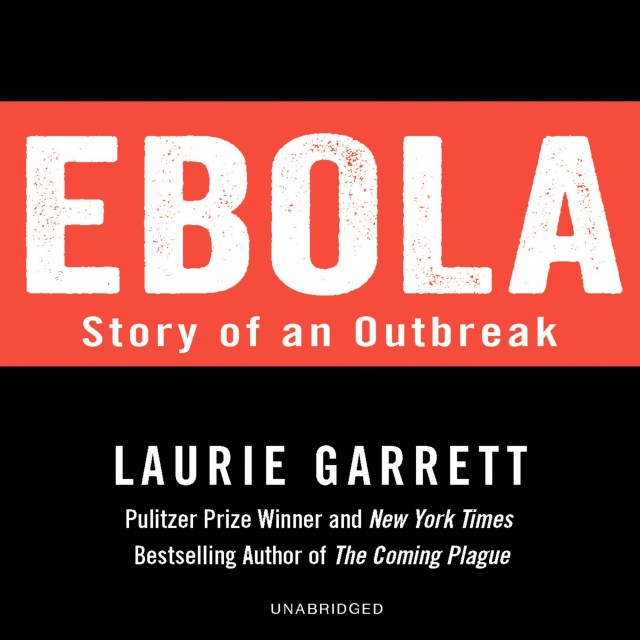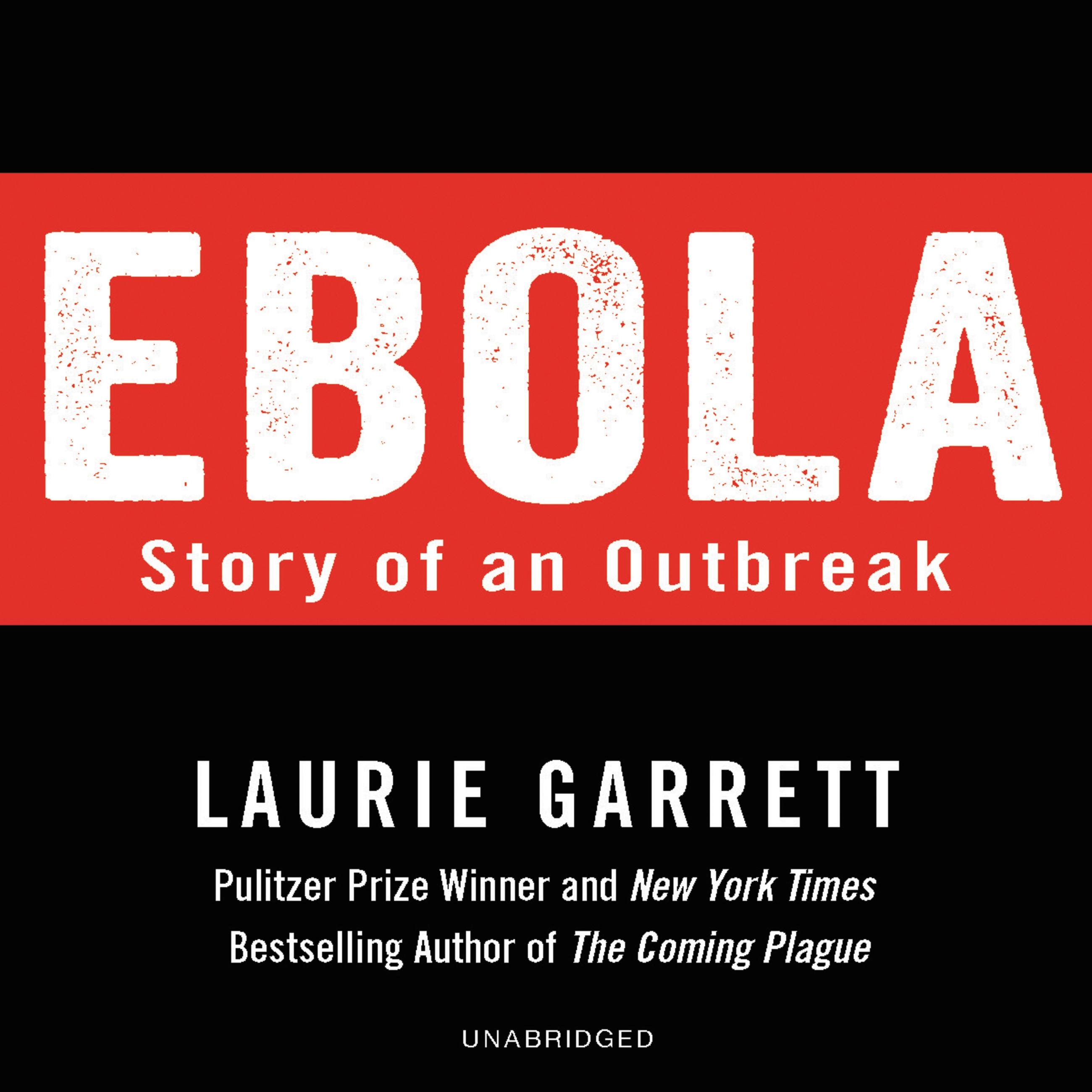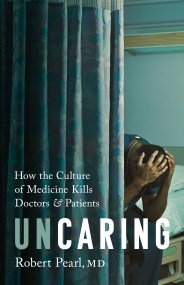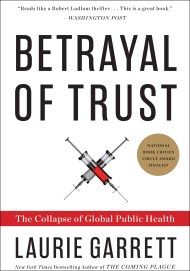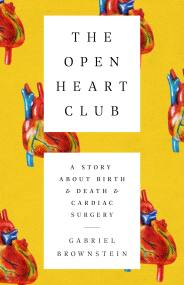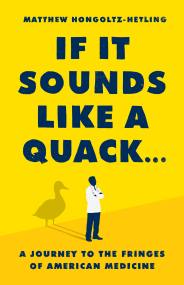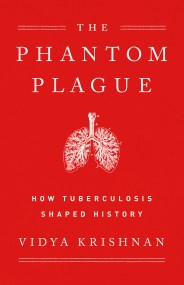Promotion
Use code MOM24 for 20% off site wide + free shipping over $45
Ebola
Story of an Outbreak
Contributors
Read by Kristin Kalbli
Formats and Prices
Format
Format:
- Audiobook Download
- ebook (Digital original) $2.99 $3.99 CAD
This item is a preorder. Your payment method will be charged immediately, and the product is expected to ship on or around December 2, 2014. This date is subject to change due to shipping delays beyond our control.
Also available from:
In this masterful account of the 1995 Ebola outbreak in Zaire, Garrett, now the Senior Fellow for Global Health at the Council on Foreign Relations, shows how superstition and fear, compounded by a lack of resources, education, and clearheaded government planning have plagued our response to Ebola. In an extensive new introduction, Garrett forcefully argues that learning from past outbreaks is the key to solving the Ebola crisis of 2014.
In her account of the 1995 Zaire outbreak, first published in her bestselling book Betrayal of Trust, Garrett takes readers through the epidemic’s course-beginning with the Kikwit villager who first contracted it from an animal encounter while chopping wood for charcoal deep in the forest. As she documents the outbreak in riveting detail, Garrett shows why our trust in world governments to protect people’s health has been irrevocably broken. She details the international community’s engagement in the epidemic’s aftermath: a pattern of response and abandonment, urgency that devolves into amnesia.
Ebola: Story of an Outbreak is essential reading for anyone who wants to comprehend Ebola, one of mankind’s most mysterious, malicious scourges. Garrett has issued a powerful call for governments, citizens, and the disease-fighting agencies of the wealthy world to take action.
Genre:
- On Sale
- Dec 2, 2014
- Publisher
- Hachette Audio
- ISBN-13
- 9781478904861
Newsletter Signup
By clicking ‘Sign Up,’ I acknowledge that I have read and agree to Hachette Book Group’s Privacy Policy and Terms of Use
